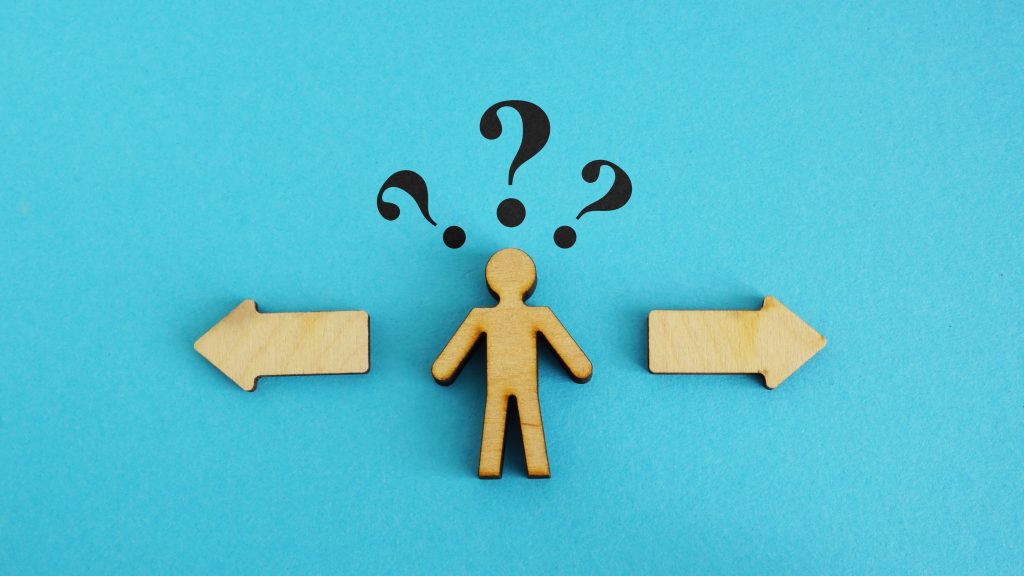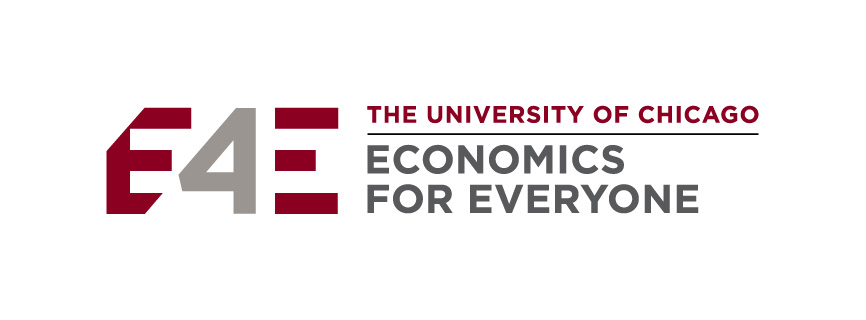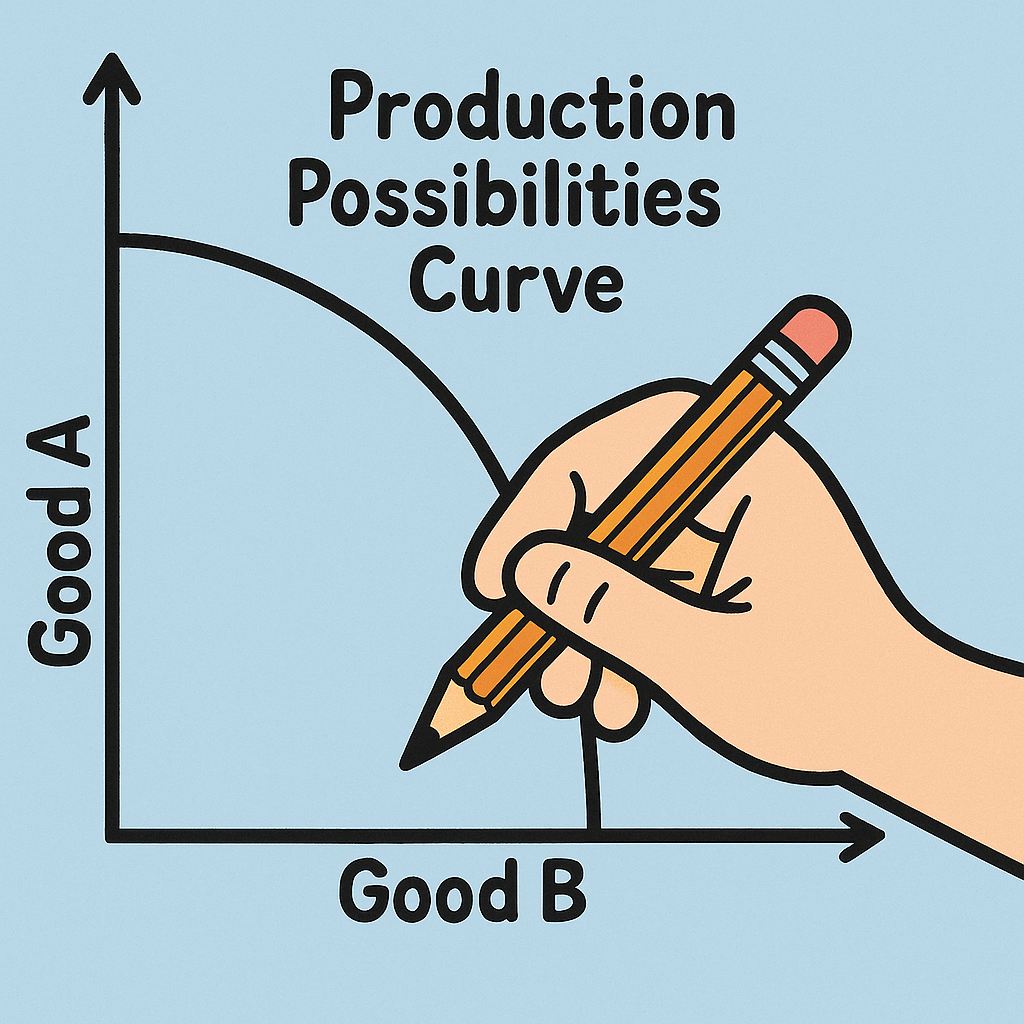
Grades 6-8

Don't have an account yet? Sign up for free
Don't have an account yet? Sign up for free
Students will be able to:

In this economics lesson, students will use real-world examples to understand how consumers and producers interact.
Warm-Up
Ask the students: Have you ever heard someone say he or she wears many hats? The hats represent the different roles or jobs that people have. People have many roles. At home one could be a husband or wife, parent, aunt or uncle, etc. The same person could also be a neighbor, instructor, and so on.
Ask students: What hats do you wear at home? What roles do you have at school and in our community?
Introduce the two main concepts: Did you know there are two more hats you wear? You are a consumer and a producer. Print copies of Little Red Hen with Consumer and Producer Hats. Fold the page in half so the producer is on the front and the consumer is on the back. Show the students the producer, wearing a Chef’s hat. State the following: A producer is a person or firm who use resources to make goods and services. Ask students what this character might produce.
Show students the consumer. State the following: A consumer is a person who uses goods and services to satisfy their personal needs and not for resale or in the production of other goods and services. What types of things might this consumer buy from this producer? Turn your paper over to see the producer. Today, you will learn more about how you and others are consumers and producers.
Modeling
Ask students if they have ever bought a pizza. When they bought a pizza, they were consumers. Consumers buy goods or services. Pizza is a good. Having someone make a pizza for you is a service. Ask students if they have ever made a pizza. Tell students that if they made a pizza themselves, they were producers. To produce means to make or create. Producers make things. Pizza is the good that is made.
Introduce Little Red Hen Makes a Pizza by reading the title and author. Ask students the following questions:
Distribute copies of Little Red Hen with Consumer and Producer Hats and give a copy to each student. Instruct students to fold the page in half so that the producer is on one side and the consumer on the other. As the students are watching the video or reading the book, students are to hold up and show the producer (hen with pizza hat) when the little red hen is acting as a producer and to show the consumer when she is acting as a consumer. Read the story or show the video as a whole class activity. Obtain a copy of the The Little Red Hen Makes a Pizza, available on Amazon. As an alternative, use the YouTube video The Little Red Hen Makes a Pizza Read-a-loud.
Group Activity
Ask students to recall the times when the Little Red Hen was a producer. Ask the class:
Project the EconEdLink interactive Producers Use Resources Interactive and say the following: Just like the Little Red Hen, these producers use resources to do their jobs. Use the interactive as a large group activity where students link the producers to the resources they use to do their jobs. Assign each group one of the producers. In small groups, the students describe how a producer would interact with a consumer in the real world by answering the following questions:
Individual Activity
Project the activity Let’s Find a Deal. Assign students to a computer. Have students complete the activity and print their answers. Have students provide a short explanation of why each person they selected belongs in the consumers column or the producers column.
Students can either work in small groups or individually. Using the Act It Out Cards, students pull a card. If they are working in small groups, they discuss the following guiding questions and use these to act out a real world scenario using the following guiding questions:
As a group of students enacts a scenario, the rest of the class has to guess what they are doing and how the consumers and producers interact to trade goods and services. Alternatively, as an individual activity, students pick a card and draw/write answers to the guiding questions above.
Activity 1
Use the EconEdLink Goods and Services Interactive with students. Tell students that producers make products (goods) and they also do things (services) for people. After completing the activity, students discuss how the producers provide goods and services to people.

Grades 6-8

Grades 9-12

Grades 9-12

Grades K-2, 3-5
